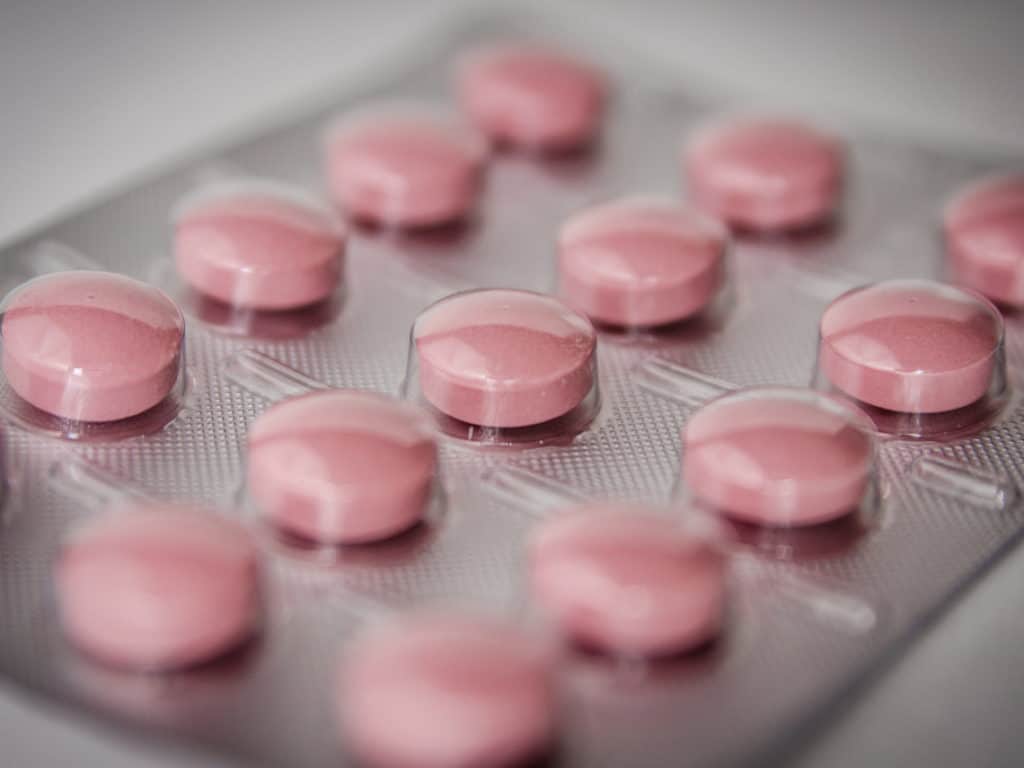Medical and pharmaceutical packaging must often comply with strict regulations regarding product protection, safety and tamper resistance, often knocking sustainability off the list of top priorities. Yet environmentally-friendly is still possible while focusing on product and consumer safety. Sustainability tips for medical packaging include using corrugated materials and utilizing efficient designs.
Corrugated Packaging Materials
Medical supplies that are packaged and shipped in certain plastics, such as Styrofoam packaging used for insulation purposes, can often be replaced with corrugated materials. Corrugated containers are strong and versatile, with a sophisticated design that offers optimal cushioning, insulation and protection for any product. In addition, the material is extremely recyclable, often made from recycled cardboard and easily reused and recycled after disposal. Corrugated packaging materials provide protection, safety and sustainability for pharmaceutical products.
Efficient Design
Not only are the materials crucial to the package’s sustainability, but the design also contributes to its environmental impact. Efficient designs use as little harmful material as possible, making packaging as light and compact as possible to reduce fuel costs and energy consumption. Sustainable ingredients, such as water-based inks and adhesives, can reduce the use of oils and fossil fuels. Medical packaging can be made more environmentally-friendly by taking into account all design, production, packaging and shipping components, and finding sustainable solutions for each.
Learn more about sustainable medical packaging from Pioneer.
